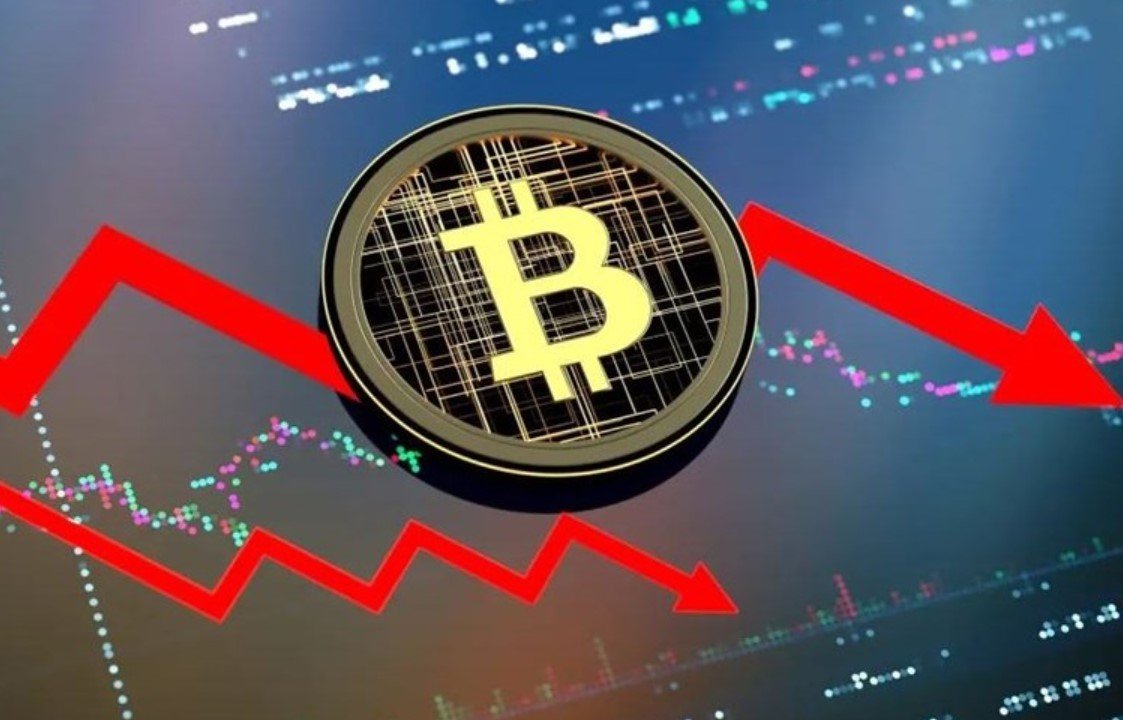Cryptocurrencies had a rough weekend, with major tokens like Chainlink, Aptos, Uniswap, and Sui facing double-digit percentage losses. Positive economic data unexpectedly became a bearish signal for the digital assets market, raising questions about the sector’s future amid shifting macroeconomic trends.
Economic Optimism Turns Crypto Sour
The latest U.S. jobs report showed surprising strength, with 256,000 new jobs added in December and unemployment dipping to 4.1%. On paper, this was a win for the economy. But in the crypto world, optimism quickly turned into sell-offs. Since markets closed Friday, Chainlink is down 9.3%, Aptos has dropped 12.3%, Uniswap is off by 11%, and Sui has fallen 13.6%.
Why the harsh reaction? In simple terms, a thriving economy reduces the need for speculative assets. Strong jobs data suggests the Federal Reserve might raise interest rates again, and higher rates historically push investors towards safer, yield-generating investments like bonds.
The Inflation Factor Looms Large
While jobs data kicked off the downturn, investors are already bracing for the next big economic update: the Consumer Price Index (CPI) inflation report. Scheduled for Wednesday, the report could significantly impact markets. Analysts expect a 2.8% annual increase in December. A hotter-than-expected number may embolden the Fed to stick with tighter monetary policies.
Higher interest rates aren’t great news for crypto. Rising bond yields—like the 10-year U.S. Treasury hitting 4.79%—make risk-free investments more appealing than volatile tokens. If inflation surprises on the upside, expect crypto markets to remain under pressure.
Utility Tokens Face Scrutiny
One issue troubling the market is the unclear role of utility tokens like those offered by Chainlink, Aptos, Uniswap, and Sui. These tokens were designed with specific blockchain uses in mind, but their actual value proposition often feels murky to investors.
A bigger concern is the growing popularity of stablecoins. With stablecoins gaining traction as a preferred medium of exchange, utility tokens risk losing relevance. As skepticism grows, so does selling pressure.
Quick Insights on Market Data
Here’s a snapshot of how these tokens are faring:
| Token | Market Cap | Price Range (52 weeks) | Current Price | Change Since Friday |
|---|---|---|---|---|
| Chainlink | $20B | $8.11 – $30.93 | $19.56 | -9.3% |
| Aptos | N/A | N/A | N/A | -12.3% |
| Uniswap | N/A | N/A | N/A | -11% |
| Sui | N/A | N/A | N/A | -13.6% |
Crypto’s Correlation with Growth Stocks
The crypto market often behaves like high-growth tech stocks, especially during times of economic uncertainty. In 2025, analysts predict that if growth stock valuations cool off, cryptocurrencies could follow suit. Last year’s crypto rally gave investors a taste of big gains, but without solid fundamentals, those gains can quickly disappear.
Moreover, legislative changes aimed at regulating cryptocurrencies may shift value to newer blockchains or stablecoins. For traditional tokens, this could spell trouble. While regulations may help the industry long-term, they may not benefit every digital asset equally.
Looking Ahead: Is the Worst Over?
Will the sell-off end soon? That largely depends on macroeconomic signals. If inflation cools and the Fed slows rate hikes, crypto could see a rebound. But for now, cautious optimism dominates the space. Without the speculative momentum that previously drove prices, cryptocurrencies face an uphill battle in maintaining investor interest.
For those still bullish on crypto, understanding the shifting landscape is critical. As markets become more discerning, only the strongest players with clear use cases and sound economics are likely to thrive.




















